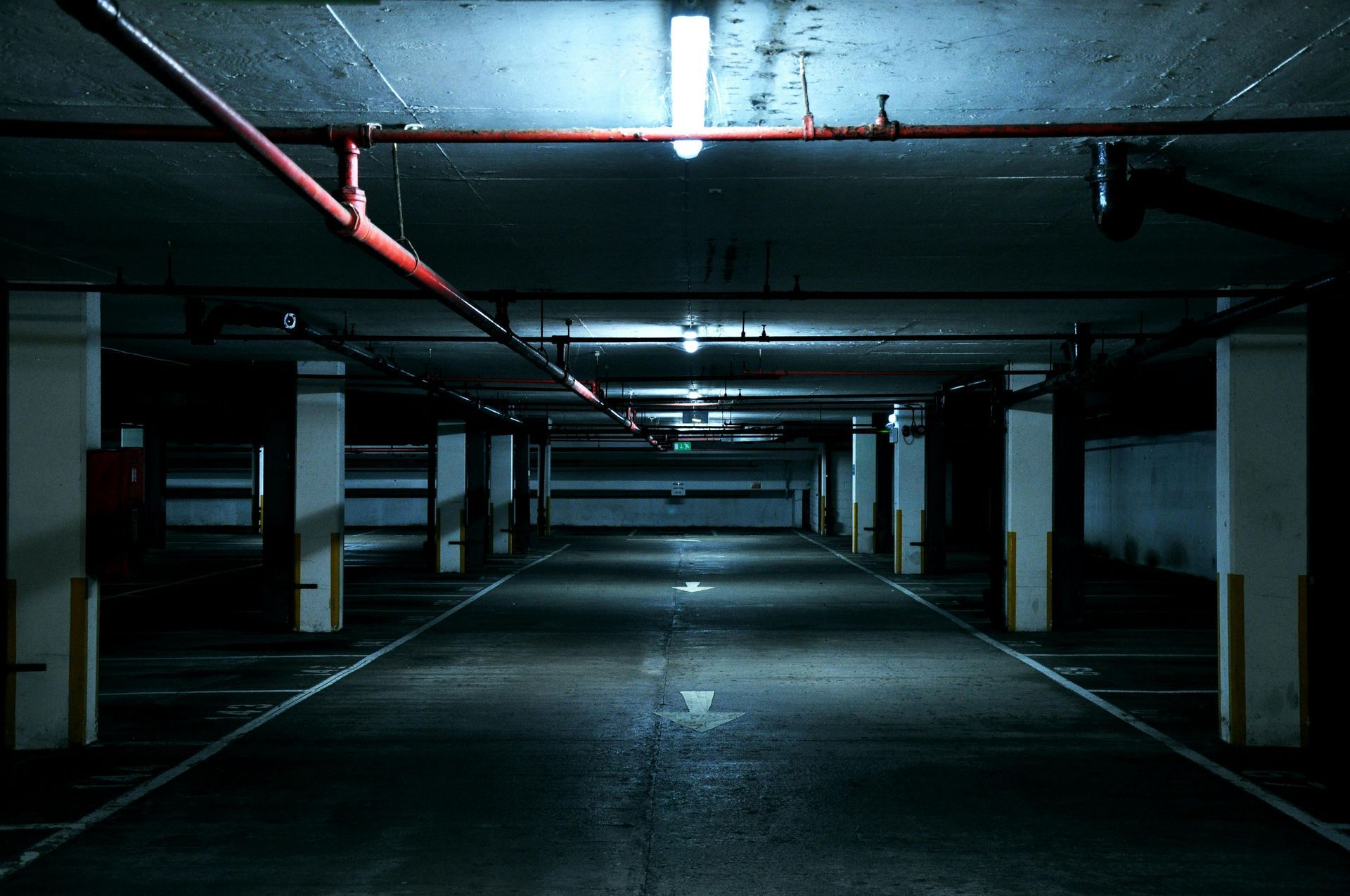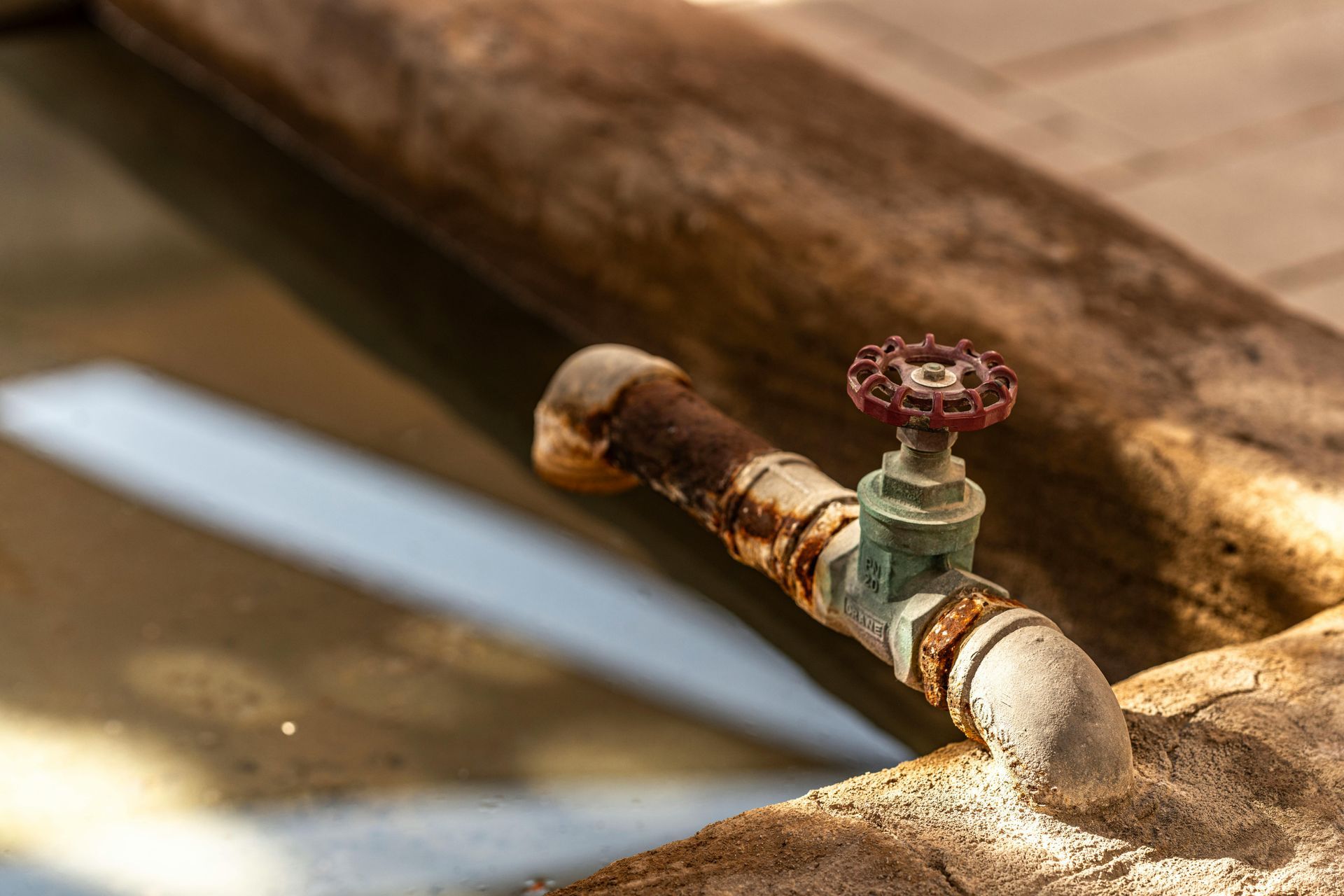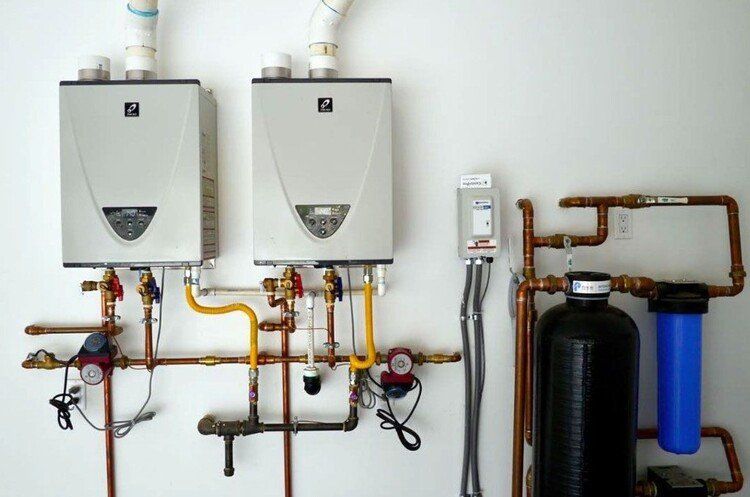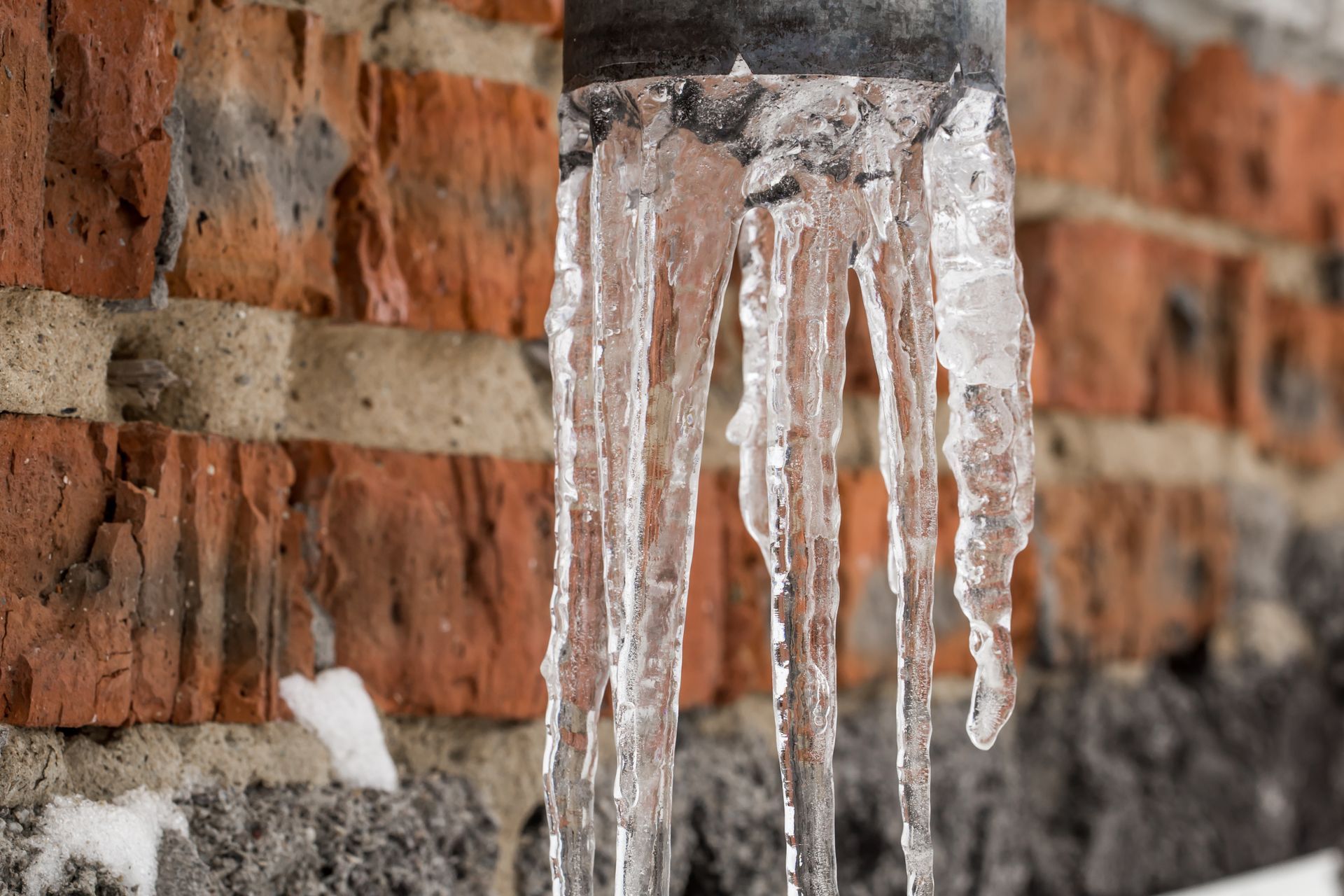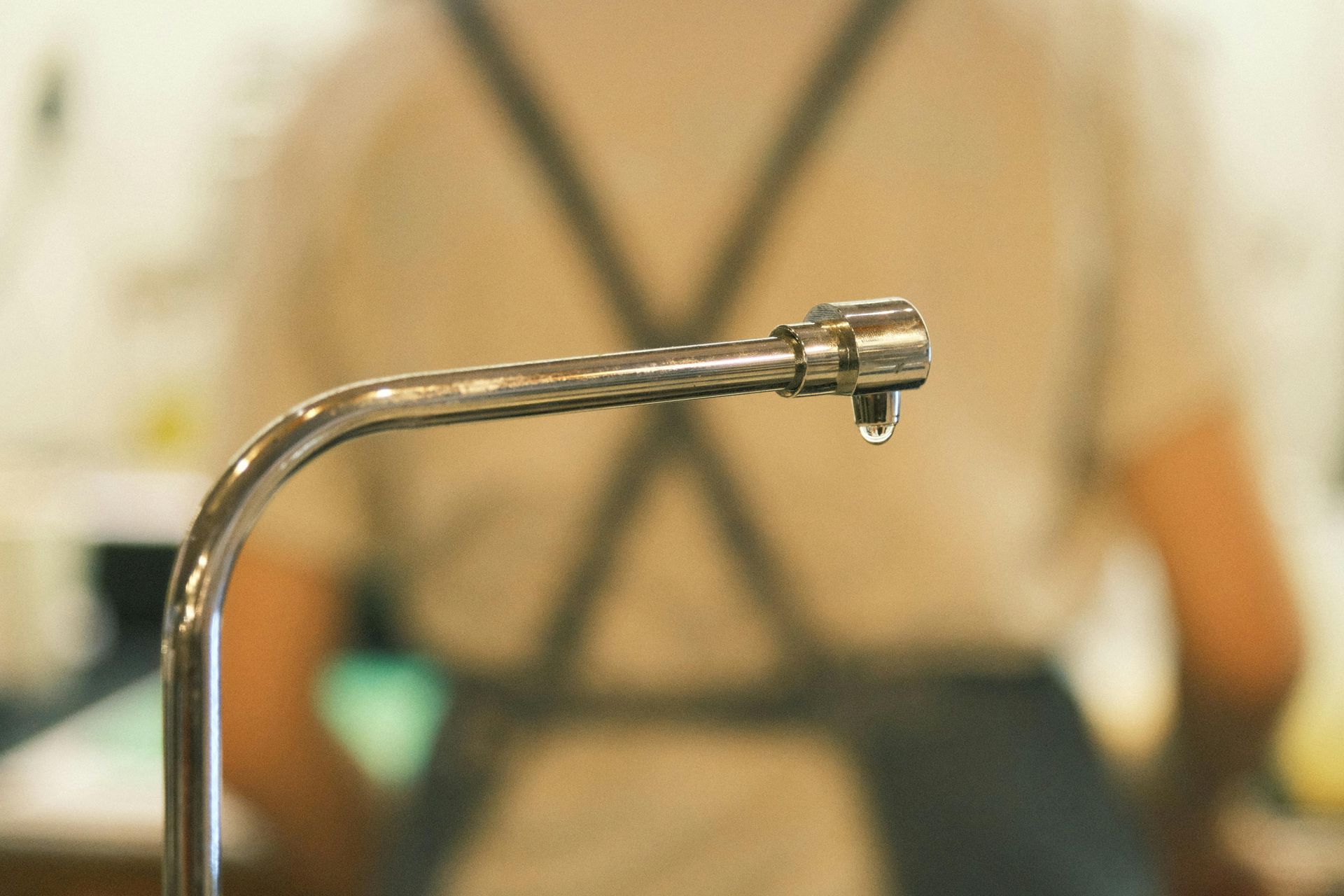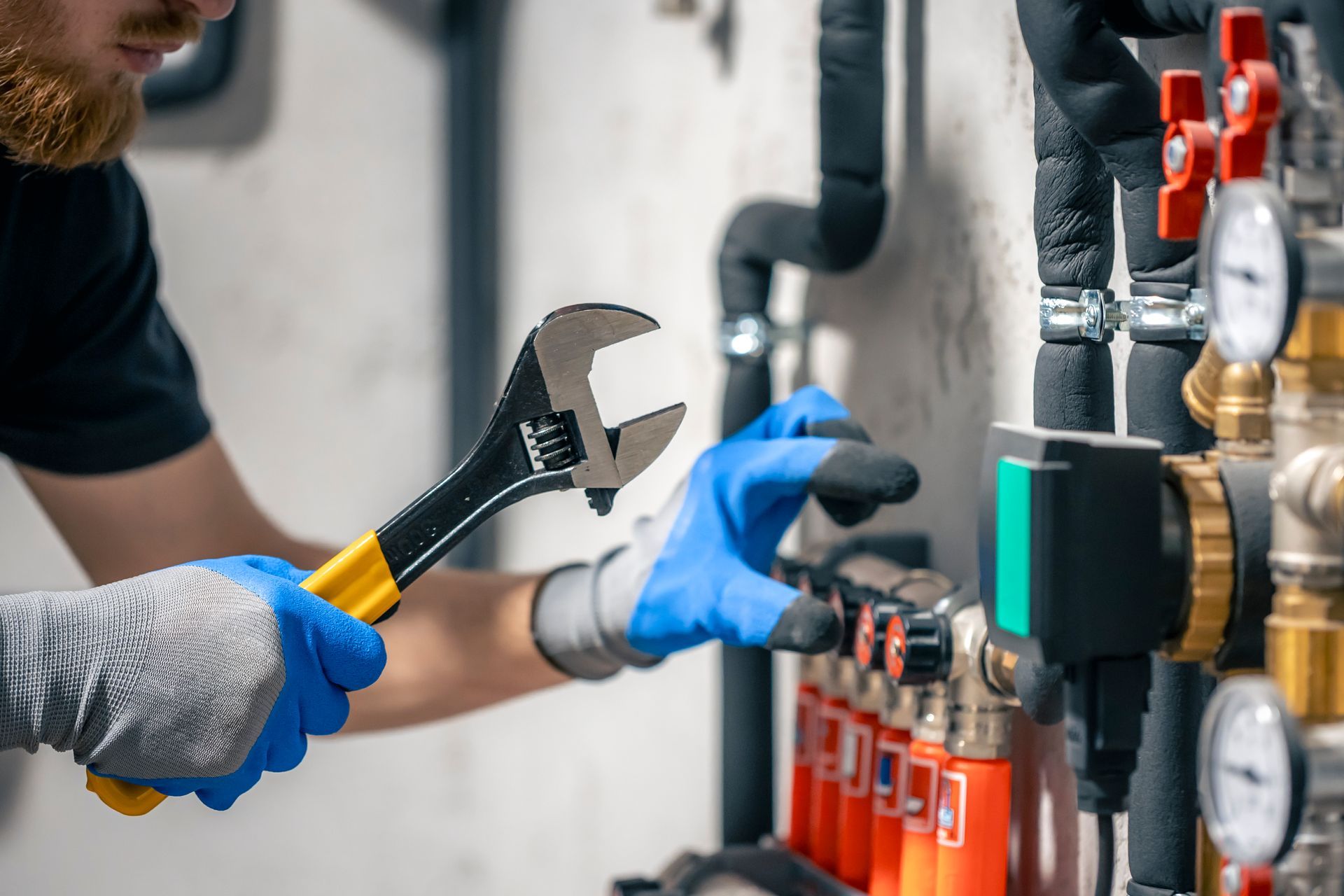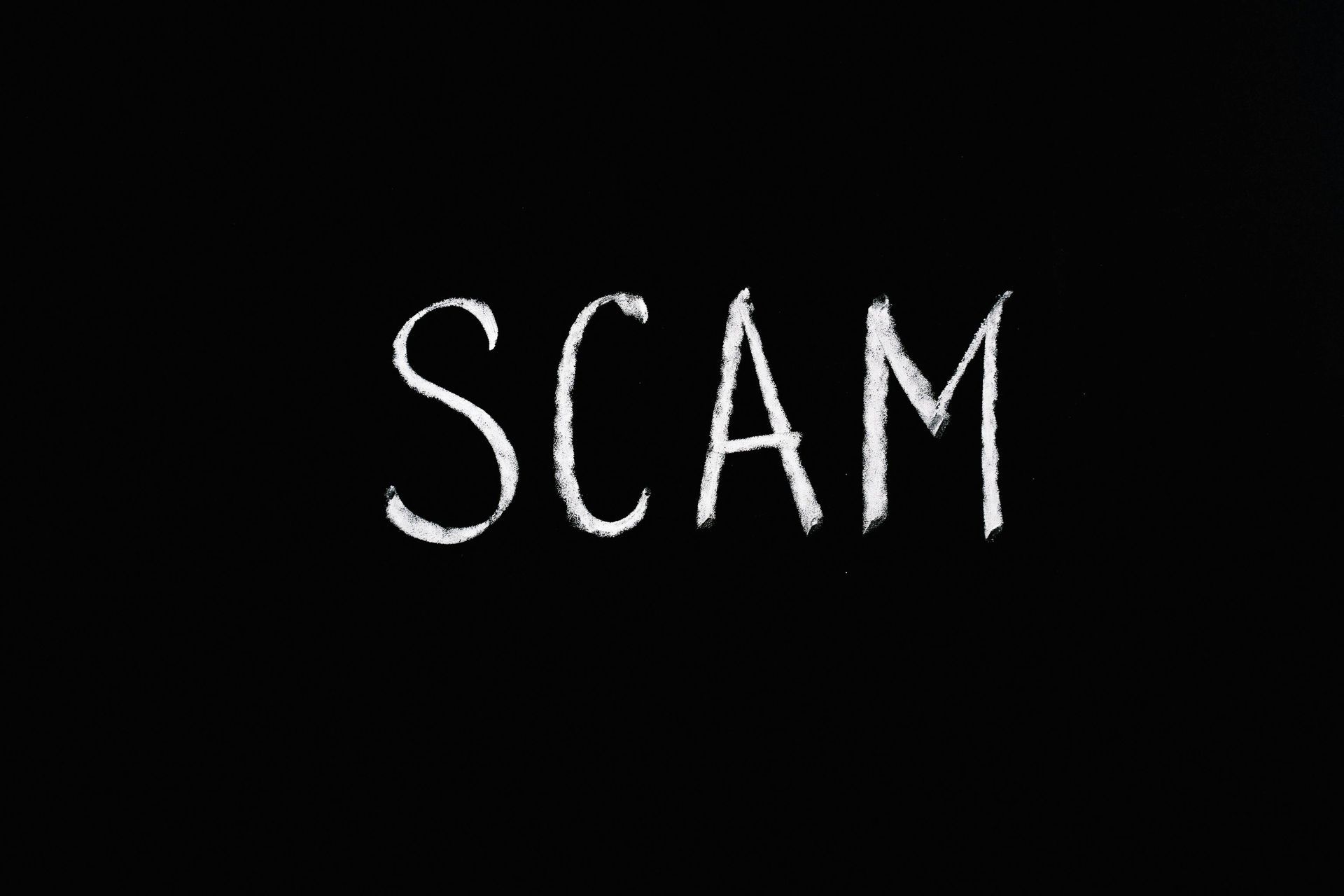How to Effectively Install a New Bathtub Drain: A Professional Guide
Installing a new bathtub drain is a crucial plumbing task that, when executed correctly, ensures your bathroom functions smoothly, prevents water damage, and helps maintain overall home hygiene. Proper installation of the bathtub drain not only facilitates effective water drainage but also minimizes the risk of leaks and clogs, which can impair your plumbing system and even affect appliances like your water heater. This comprehensive article walks you through the process of installing a bathtub drain like a professional, incorporating essential techniques and maintenance tips that even All City Plumbers would recommend to enhance durability and performance.
Understanding the Role of the Bathtub Drain and Its Importance
A bathtub drain is the primary outlet for water after you finish using the tub. It connects the bathtub to the household drainage system, channeling wastewater efficiently to the sewer or septic system. The drain assembly includes several components such as the drain flange, stopper, gasket, and drain tailpiece, each playing a pivotal role in sealing, preventing leaks, and allowing controlled water flow.
An improperly installed drain can result in slow draining water, persistent leaks, and potential water damage beneath the bathroom floor or walls. Beyond these immediate hazards, unresolved drainage problems may strain your home’s plumbing system, potentially impacting critical appliances like your water heater by causing inconsistent water pressure or increasing wear on pipes. Thus, mastering the technique of thorough and precise bathtub drain installation is essential to safeguard your home’s plumbing health.
Preparation and Safety Considerations
Before beginning the installation, it’s important to prepare adequately and observe safety precautions to prevent damage and injury. Begin by shutting off the main water supply to your bathroom or house. Even though this particular task mainly involves drainage rather than water supply pipes, accidental water flow during disassembly or fitting can cause considerable mess and damage.
Additionally, inspect the workspace and ensure you have good lighting and a clean environment free of clutter. Wearing gloves and safety glasses protects your hands and eyes from sharp edges, residual debris, or chemical exposure from drain sealants or plumbers putty. It’s also wise to have a bucket or rag nearby to catch any residual water that may drip when removing the old drain.
Tools and Materials Required for Bathtub Drain Installation
To install the new bathtub drain efficiently, gather the appropriate tools and materials beforehand. You will need an adjustable wrench, drain wrench or plumber’s putty knife, plumber’s putty or silicone sealant, screwdrivers, pipe wrench, Teflon tape, and a new bathtub drain kit compatible with your tub model. Choosing a high-quality drain assembly can prevent many future problems related to leaks or corrosion.
While working on your bathtub drain install, it’s a good practice to evaluate other plumbing fixtures that may require maintenance, especially since clogged drains elsewhere in your home, such as kitchen sinks, can propagate issues in your main drainage system. Regularly scheduling preventive plumbing care with experts like All City Plumbers ensures the integrity of all your home’s water systems.
Removing the Old Bathtub Drain
If you are replacing an old or broken drain, start by removing the existing assembly carefully. The first step is to remove the stopper mechanism, which varies by design—some unscrew, others lift or pull out. After this, employ a drain wrench or pliers to grip and rotate the drain flange counterclockwise to loosen it. If rust or mineral buildup has firmly adhered the drain flange, apply a penetrating lubricant and allow it to sit to ease removal.
Beware of debris or standing water that might come out during this process and clean the drain opening thoroughly once the old drain is removed. Inspect the drain hole and surrounding surfaces for any damage that could hinder the installation of the new drain. This stage is pivotal because a clean, even surface and pipe threading guarantee a watertight seal.
Installing the New Bathtub Drain Assembly
Begin installation by applying plumber’s putty or a silicone sealant generously to the underside of the new drain flange. This creates a waterproof barrier between the tub surface and the drain flange. Press the flange firmly into the drain hole and align it so it sits flush against the bathtub’s surface.
Next, from underneath the tub, thread the drain body onto the flange and tighten it securely with a drain wrench or pipe wrench, taking care not to over-tighten and damage the components or the tub. Use Teflon tape on threads if recommended by the manufacturer to enhance the seal and prevent leaks.
Reinstall the stopper mechanism or replace it with the new one included in your drain kit. Adjust the stopper for a proper fit that allows water retention when needed and efficient drainage when open.
Testing the Drain and Ensuring Leak Prevention
Once installed, it is imperative to test your new bathtub drain thoroughly to identify any leaks or operational issues early. Close the stopper, fill the tub with water to about a third full, and observe for any dripping beneath the tub or around the drain flange.
Open the stopper to let water drain and check for a smooth, complete drainage without backflow or slow drainage signs. A slow drain may indicate partial blockage or improper installation tightening. If leaks are identified, tighten connections carefully or disassemble and reapply plumber’s putty or sealant.
Remember, consistent water pressure and flow not only affect your bathtub drain but can influence the functioning of other household systems, including your water heater. Routine inspection and maintenance prevent minor issues from evolving into costly repairs.
Maintenance Practices and When to Consult Professionals
To prolong the lifespan of your bathtub drain and maintain optimal performance, regular cleaning and inspection are vital. Avoid using harsh chemical drain cleaners, which can corrode your pipes. Instead, flush drains periodically with hot water or enzymatic drain cleaners.
Maintaining a whole-house water filtration system is also beneficial, as it reduces sediment and mineral buildup that can clog drains or corrode plumbing fixtures. This preventive approach complements efforts to prevent clogs in your kitchen sink and other waste outlets, contributing to a healthier plumbing environment overall.
For complicated stubborn leaks, damaged pipes around the drain, or if you’re unsure about any steps, consulting professional plumbers like All City Plumbers is advisable. Experienced plumbers can provide expert installation, ensure compliance with plumbing codes, and protect against future plumbing issues.
Conclusion
Installing a new bathtub drain is a meticulous yet manageable task that significantly impacts your bathroom’s functionality and your home’s plumbing system’s longevity. Through careful preparation, correct installation techniques, and attention to maintenance, you can ensure your bathtub drains efficiently and remains free from leaks and clogs. Remember to adopt a holistic view of your plumbing system’s health, incorporating regular check-ups and maintenance of related areas like your kitchen drains and water heater. Enlisting assistance from reputable professionals such as All City Plumbers when necessary guarantees both peace of mind and optimal plumbing performance for years to come.

